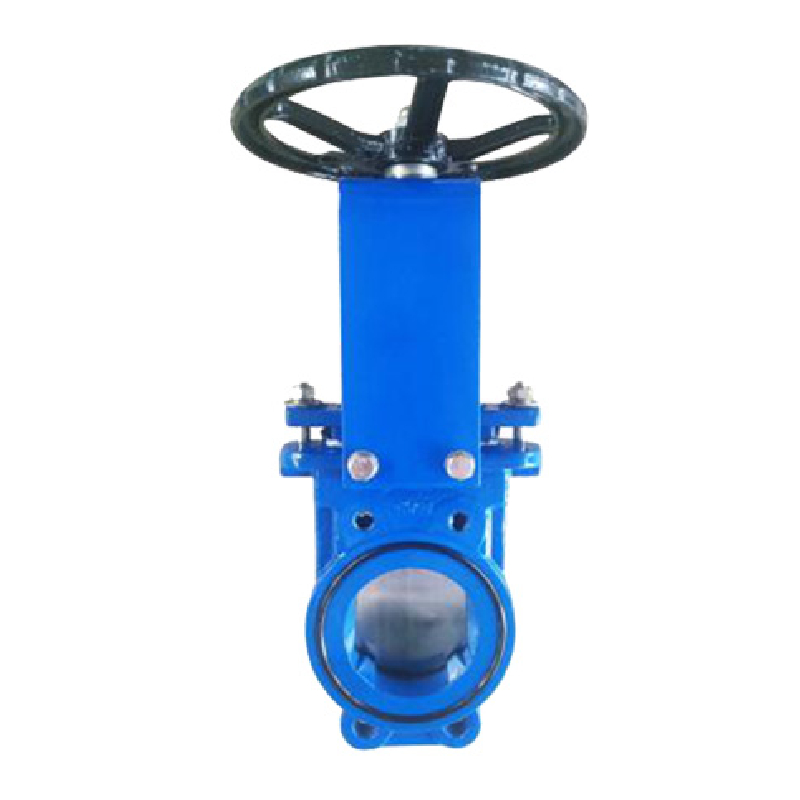Nov . 10, 2024 20:24 Back to list
Counterweighted Check Valve for Improved Flow Control and Efficiency in Piping Systems
Check Valves with Counterweights An Overview
In modern fluid dynamics and mechanical systems, the importance of controlling the flow of liquids and gases is paramount for ensuring efficiency, safety, and reliability. Among the various components used for the management of fluid flow, check valves play a critical role. This article focuses on check valves equipped with counterweights, exploring their function, advantages, applications, and how they enhance system performance.
What is a Check Valve?
A check valve is a device designed to allow fluid flow in one direction while preventing backflow. This one-way mechanism is crucial in systems where backflow can lead to contamination, equipment damage, or flow disruption. Check valves can be spring-loaded, gravity-operated, or rely on media flow pressure to function. Among these, the counterweighted check valve employs a unique mechanism to optimize performance.
Understanding Counterweights
Counterweights are additional weights attached to moving parts of machinery to balance load and improve operational efficiency. In check valves, counterweights assist in closing the valve effectively against the upstream pressure of the flowing medium. They are prevalent in larger diameter valves and applications where rapid changes in flow direction or pressure might occur.
The Mechanism of Check Valves with Counterweights
When fluid flows through a check valve, the internal disk or flap is pushed open in the direction of the flow, allowing passage. Once the flow diminishes or reverses, the counterweight helps close the valve promptly. The weight essentially provides a mechanical advantage, ensuring that the valve closes against backflow forces with greater speed and reliability. This design minimizes the risk of water hammer effects—pressure surges resulting from sudden changes in fluid velocity—which can cause significant damage in piping systems.
Advantages of Using Counterweighted Check Valves
check valve with counterweight

1. Enhanced Closing Speed The counterweight mechanism accelerates the valve’s closure, reducing the time the valve remains open during flow reversal. 2. Reduced Water Hammer By closing quickly, these valves mitigate the potential for water hammer, leading to less stress on pipes and fittings and extended service life for the entire system.
3. Improved Reliability Their design ensures that the valve closes firmly, reducing the likelihood of leakages and maintaining system integrity.
4. Versatility Counterweighted check valves are suitable for various applications, from water treatment plants and chemical processing to HVAC systems and municipal water supply networks.
5. Low Maintenance Their robust construction and reliable operation often require less frequent maintenance, translating to lower operational costs over time.
Applications
Check valves with counterweights find their applications in numerous sectors. In water treatment facilities, they help prevent contamination from backflow, ensuring clean potable water supply. In industrial processes where fluids are handled under varying pressures, these valves maintain operational efficiency and safeguard against reverse flow spillage.
In fire protection systems, fast-closing check valves are essential for preventing water from flowing back into the supply system once the firewater has been used. Moreover, in power generation, particularly in hydroelectric plants, counterweighted check valves manage flow in turbines efficiently, optimizing energy output while protecting equipment from damage.
Conclusion
Check valves with counterweights represent an evolution in flow control technology, delivering both efficiency and reliability in a variety of applications. Their unique design addresses common challenges such as water hammer and backflow prevention while enhancing the overall robustness of fluid systems. As industries continue to demand higher standards of performance and safety, these valves will undoubtedly remain a pivotal component in fluid handling technologies.
Share
-
Reliable Wafer Type Butterfly Valves for Every IndustryNewsJul.25,2025
-
Reliable Flow Control Begins with the Right Ball Check ValveNewsJul.25,2025
-
Precision Flow Control Starts with Quality ValvesNewsJul.25,2025
-
Industrial Flow Control ReliabilityNewsJul.25,2025
-
Engineered for Efficiency Gate Valves That Power Industrial PerformanceNewsJul.25,2025
-
Empowering Infrastructure Through Quality ManufacturingNewsJul.25,2025